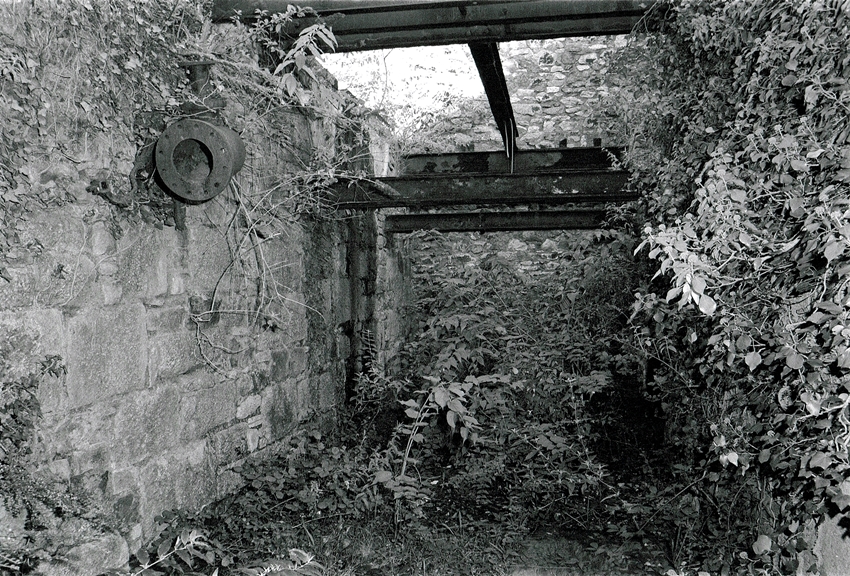The Roskear Shaft Site in my opinion is one of the most interesting in Cornwall. It is such a shame that the buildings have been so needlessly destroyed. This area is an important part of Cornish Heritage and it should have been preserved and protected years ago.
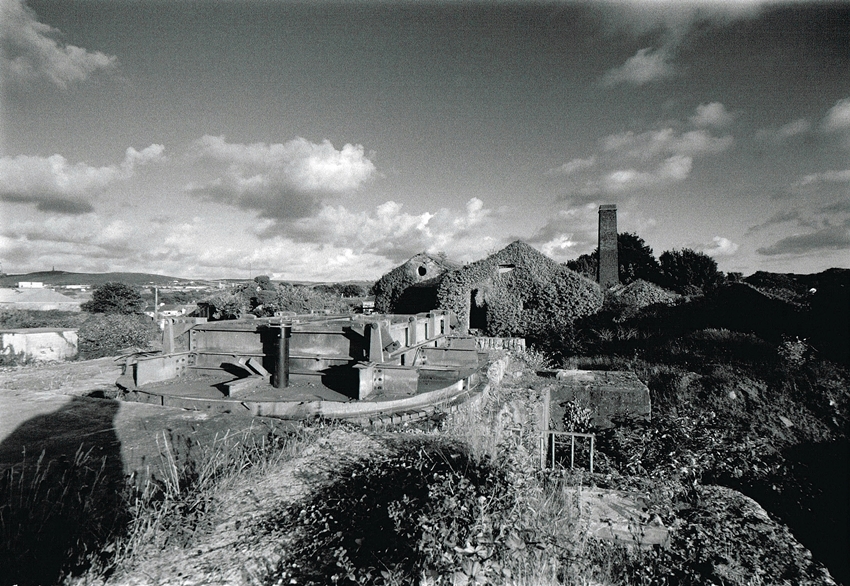
The site has a long history of mining dating back to the early 1800’s when South Roskear Mine worked the sett. The mine closed during 1853 but was reopened as Roskear Mine in 1863. The reworking failed and the mine closed three years later.

In 1869 William Bennett Leased part of the site in order to build his planned Fuse Works. The main factory was on the site of the old Lidl Store at Roskear Terrace, offices and workshops were on the other side of the road on the Roskear site. The fuse factory was closed during the early 1920’s. The land and buildings were purchased by the New Dolcoath Company in 1923.

Roskear Shaft was begun by the Dolcoath Company in 1923. After the closure of Dolcoath Mine in 1921, this was planned to be the focus of the New Dolcoath Mine. The circular, brick-lined, shaft was sunk by shaft sinkers from South Wales. This eventually reached 2000 feet deep by late 1926.

Levels at 1700, 1900 and 2000 feet intersected a number of lodes. Some limited stoping was done on the Roskear Complex for Wolfram and Tin. Although some of the lodes showed promise the company ran out of capital and attempts to raise more failed. Due to this operations ceased in December 1929 and the company went into receivership in April 1930.

Many of the remaining buildings on the site date from the Dolcoath enterprise. South Crofty Mine acquired all the Dolcoath assets in 1936. Unbeknown to the Dolcoath miners, had they sunk the shaft a further 200 feet they would have discovered the Roskear and Dolcoath lodes that were a major resource for South Crofty.
The Roskear section was really developed from 1979 onwards after a major exploration drilling programme. This became perhaps the most important ore zone in the mine up to its closure in 1998.

Many of the lodes found in the 1920’s became very rich in depth. Had they been developed it is likely that Dolcoath would have persisted into the 1990’s and bought out South Crofty rather than the other way around – such is mining!

Once the Dolcoath and Roskear lodes began to be exploited Roskear Shaft became a major (updraught) ventilation shaft with large fans at the collar. Many local people will remember the plume of warm moist air that rose above the shaft in Winter, visible for miles.

In the early 1990’s the shaft was deepened to the 400fm level and was refurbished with a new winder house. This became South Crofty Mine secondary egress after the condemnation of Robinson’s Shaft in 1994.
(Notes courtesy of Dr Nick Le Boutillier)
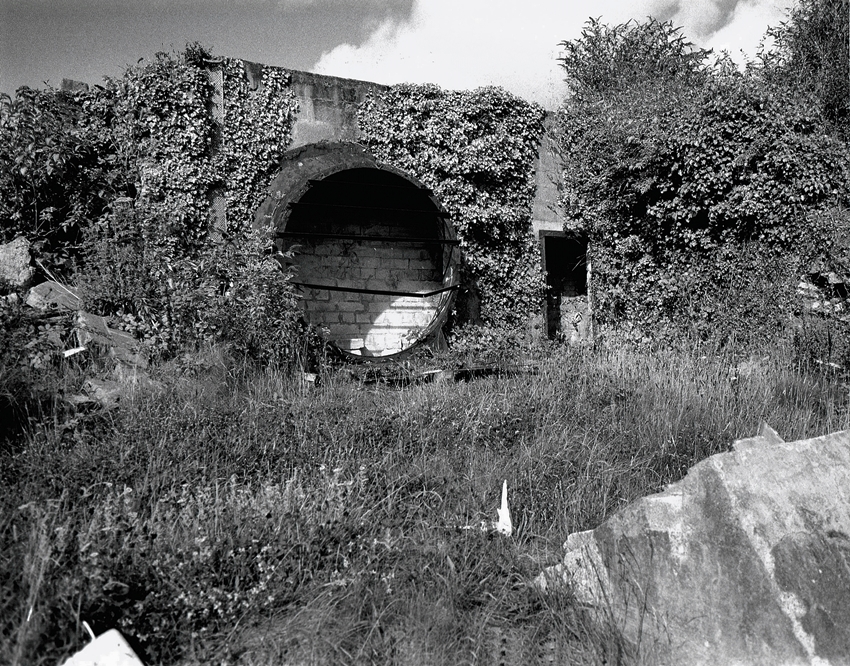
The rest of the images on this page now look at the remains of the buildings on the Roskear Shaft complex erected during the 1920’s by the New Dolcoath Company.
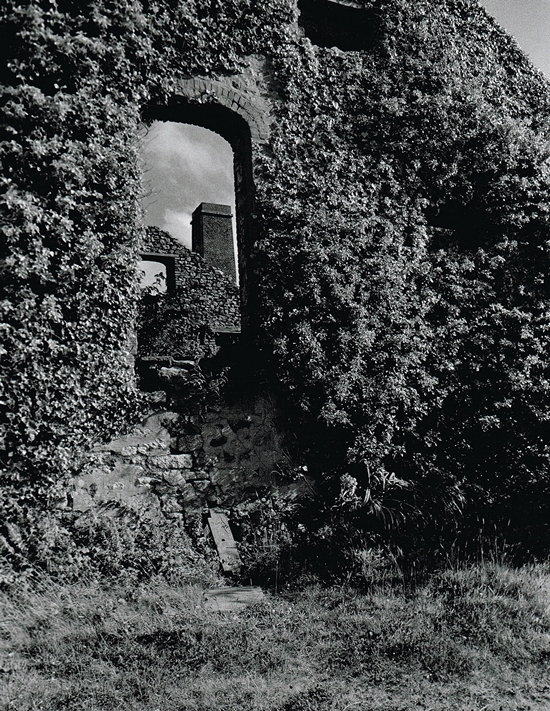
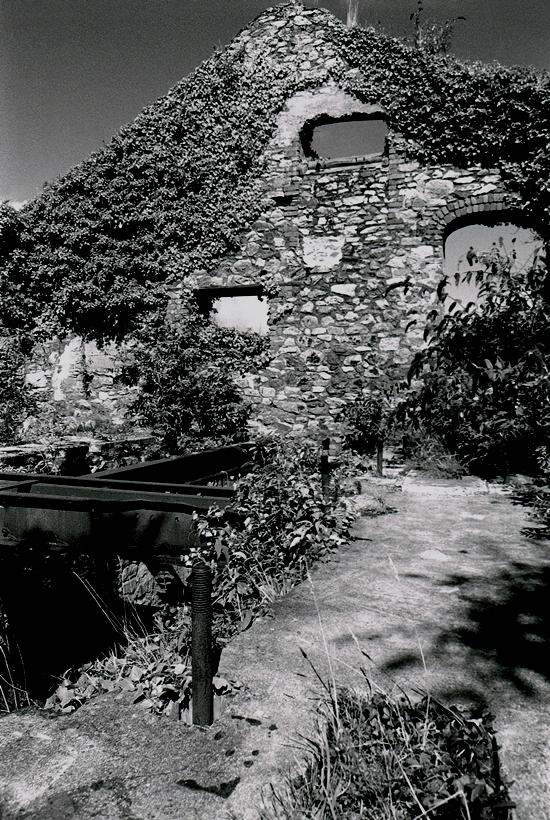
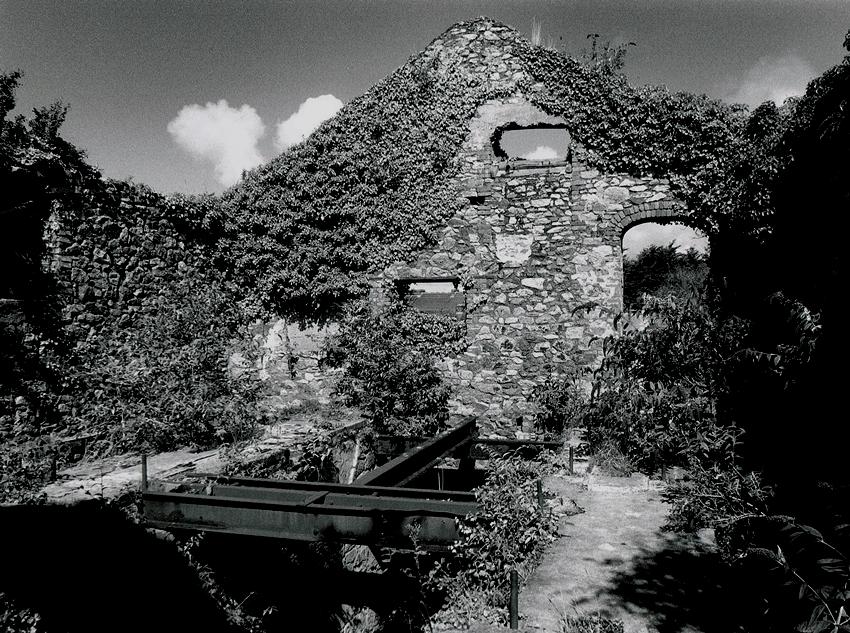
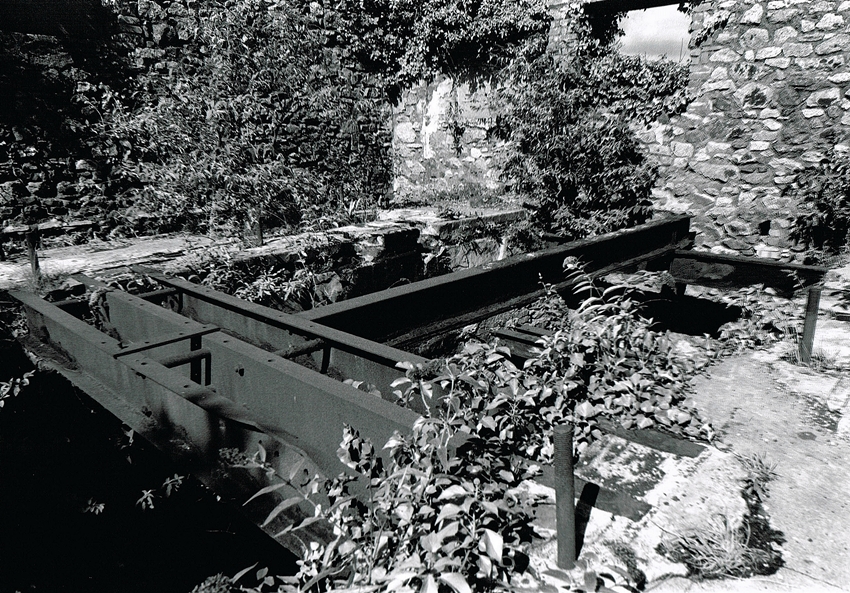
For more images Click Here
